Fish Friday is weekly event my family likes to keep in mind; however, there are only so many ways to enjoy fish–or is there? Tilapia is a bland, tender cichlid fish. Thus, it works spectacular when paired with the strong flavor of Gruyere. The spinach and Gruyere stuffed tilapia works in making tilapia shine and fish Fridays a staple in all households.
Tilapia is mainly a freshwater fish, inhabiting shallow streams, ponds, rivers and lakes; the fish is less commonly found living in brackish water. Historically, tilapia was one of the three main types of fish caught in Biblical times from the Sea of Galilee. Tilapia, which is itself a latinisation of thiape, is the Tswana word for fish. They typically have laterally compressed, deep bodies. The fillets are skinless, boneless and found commonly in grocery stores. Tilapia consists of low levels of mercury and fast-growing, lean protein rich bodies. With a primary vegetarian diet, they are low in saturated fat, sodium and calories–a great addition to healthy meals.
Here are some tips to keep in mind:
- I suggest using Pam in place of the oil. Greasy onions gross me out, so if using oil reduce the amount. Also, the fish really does not need to be oiled before entering the oven.
- I used the same amount of stuffing for 4 fillets; keep that ratio in mind when re-creating this dish.
- Line the baking dish with foil to allow for an easy cleanup.
- I used extra spinach. Greens are your friends with zero calories so indulge.
- I used lemon juice in place of a fresh lemon because it is what I had on hand. If not using a fresh lemon, add the lemon to taste.
- Let the vegetables cools before adding the other ingredients. Adding the egg and cheese in too early will scramble the egg and melt the cheese creating a gooey mess.
- You can cut the fillets or roll them as is. They will be difficult either way.
- Extra filling I placed along the sides of the fillets in the pan to cook.
- Use a toothpick and place the fillets face down to keep them from unraveling.
- When finished cooking, tilapia will be opaque in color and tender to the touch.
The dish is a wonderful way to enjoy tilapia. Originally bland and boring, adding a touch of Gruyere and the health benefits of spinach–Popeye–creates an intricate dish. Pair the meal with green beans and roasted potatoes for a nutritiously balanced dinner fit for any family. Try adding other vegetables and cheese to compliment your fishy tastes. There are no wrong stuffing or flavors that tilapia won’t absorb.
Leave a comment with your favorite fishy flavors. Follow my Pinterest for more recipes. Check back again next Wednesday for more tips and tricks from The Cooking Bug.


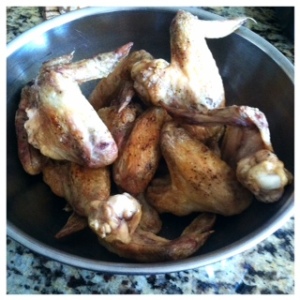
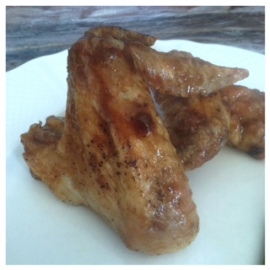 Careful using fresh ginger because it will cause chunks in the sauce that can be potent.
Careful using fresh ginger because it will cause chunks in the sauce that can be potent.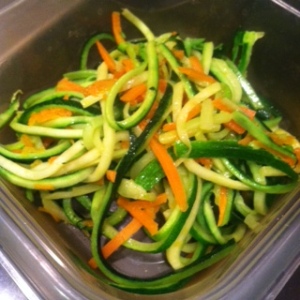
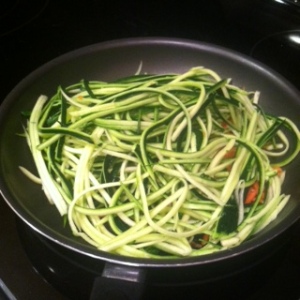
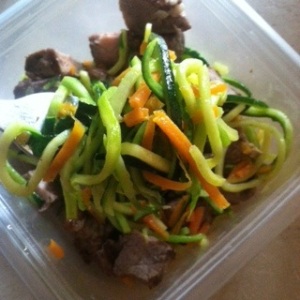 Zoodles trending popularity comes with the new wave of low carb dietary restrictions and healthier substitutions. Unlike heavy pastas, zoodles offer a low calorie, zero carb vegetable to your plate. Cooked properly, the zucchini turns a vibrant green that makes my heart melt and my mouth water. I love using fresh zucchini from the farmers market because the zucchini tends to be in better form. Whatever your reason, zoodles are a great way to enjoy vegetables and mix up your diet.
Zoodles trending popularity comes with the new wave of low carb dietary restrictions and healthier substitutions. Unlike heavy pastas, zoodles offer a low calorie, zero carb vegetable to your plate. Cooked properly, the zucchini turns a vibrant green that makes my heart melt and my mouth water. I love using fresh zucchini from the farmers market because the zucchini tends to be in better form. Whatever your reason, zoodles are a great way to enjoy vegetables and mix up your diet.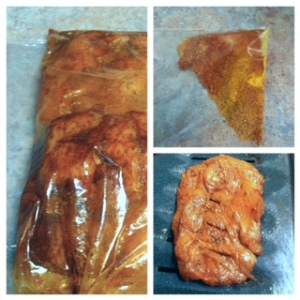
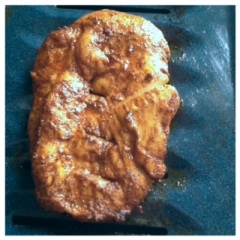
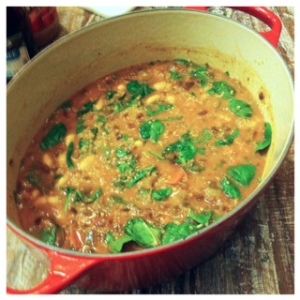
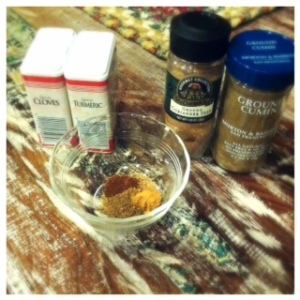
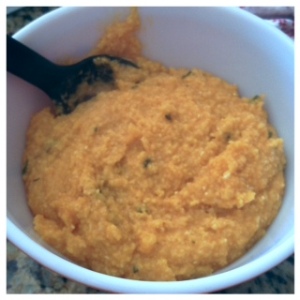
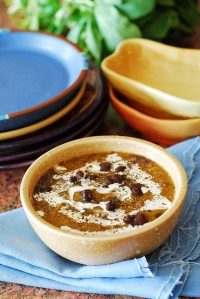
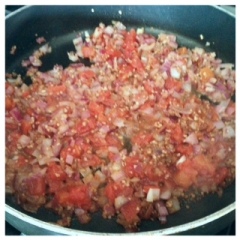
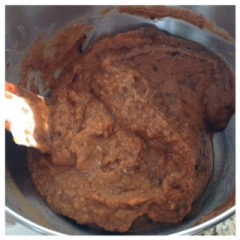 The black bean and pumpkin soup combines my two favorite flavors. I am obsessed with pumpkin, making everyday fall. I love that this soup can be made and frozen for a day I need a warm pick-up. A spicy kick and a sweet ending blend the flavors of fall and the southwest. Be a cowboy in the kitchen!
The black bean and pumpkin soup combines my two favorite flavors. I am obsessed with pumpkin, making everyday fall. I love that this soup can be made and frozen for a day I need a warm pick-up. A spicy kick and a sweet ending blend the flavors of fall and the southwest. Be a cowboy in the kitchen!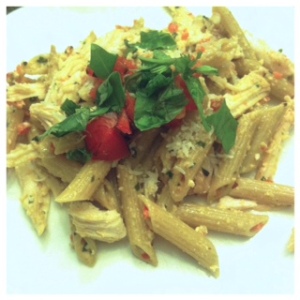
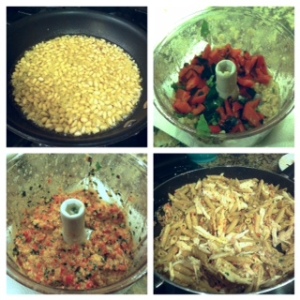

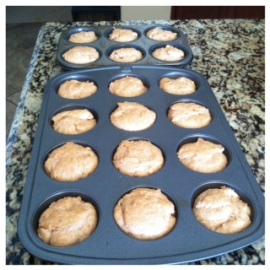
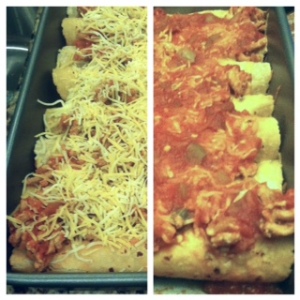
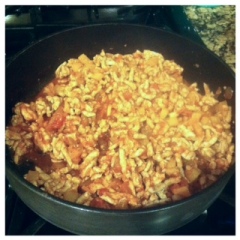 Ven a probar esta receta! While most Spanish food is a great balance of nutrient rich tomatoes and ingredients, they can be high in calories. However, these beef enchiladas are only 330 calories per serving. You can lessen the carbohydrate intake by using a one semi-larger tortilla and more filling. Try a variety of fillings and combinations to satisfy your family’s growling stomach. With only a few ingredients and 20 minutes, you create a Spanish fiesta.
Ven a probar esta receta! While most Spanish food is a great balance of nutrient rich tomatoes and ingredients, they can be high in calories. However, these beef enchiladas are only 330 calories per serving. You can lessen the carbohydrate intake by using a one semi-larger tortilla and more filling. Try a variety of fillings and combinations to satisfy your family’s growling stomach. With only a few ingredients and 20 minutes, you create a Spanish fiesta.